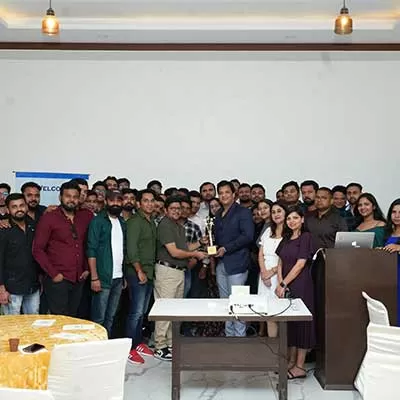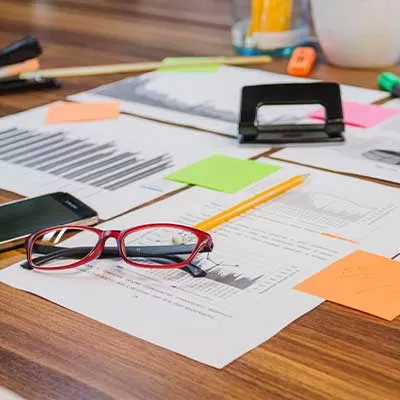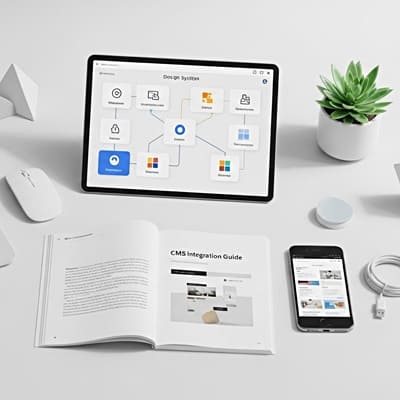Introduction:
Are you struggling to find the right approach to food delivery app development? With the growing demand for convenient dining options, launching a successful food delivery startup can feel overwhelming. But don’t worry! In this guide, we’ll break down everything you need to know to create a standout app, whether you’re looking to build a Zomato clone app or an Uber Eats like app. Let’s dive in!
Building Your Zomato Clone App
Creating a Zomato clone app requires a deep understanding of the essential features and functionalities that contribute to a successful user experience. Here are the key elements you should focus on:
- User-friendly interface: The design of your app should be intuitive and visually appealing. Users should be able to navigate effortlessly through restaurant listings, menus, and their order history. A clean layout with easy-to-read fonts and vibrant images can significantly enhance user engagement.
- Real-time order tracking: One of the most critical features for any food delivery app is the ability to track orders in real-time. By integrating GPS technology, customers can see the status of their order, from preparation to delivery. This feature not only boosts customer satisfaction but also builds trust in your service.
- Multiple payment gateways: To cater to a diverse user base, your app should support various payment options, including credit/debit cards, digital wallets, and cash on delivery. This flexibility can significantly increase conversion rates, as users prefer payment methods that are convenient for them.
- Ratings and reviews system: Allowing customers to rate their experiences and leave reviews fosters transparency and helps new users make informed decisions. Implementing a robust feedback mechanism can also provide valuable insights into areas for improvement.
These features are essential for replicating the success of a Zomato clone app and ensuring your platform is competitive in the ever-evolving food delivery market.
Key Features of an Uber Eats Like App
Developing an Uber Eats like app involves understanding the critical elements that make it a go-to choice for users seeking food delivery. Here are the features that can drive your app’s success:
- Seamless restaurant partnerships: Building strong relationships with local restaurants is crucial. Your app should facilitate easy onboarding for restaurants, allowing them to manage their menus, prices, and availability effortlessly. This not only enriches your platform but also broadens your customer base.
- Dynamic pricing and offers: Implementing dynamic pricing strategies and special offers can attract users and incentivize them to order more frequently. Consider integrating promotional codes, discounts, and loyalty programs that reward returning customers.
- Efficient delivery management system: A well-organized delivery management system is vital for ensuring timely deliveries. Features like route optimization for delivery drivers can reduce delivery times and improve overall efficiency. Additionally, providing delivery personnel with real-time updates on order statuses will enhance their performance.
- Customer support integration: Offering robust customer support through chatbots, FAQs, and live chat can significantly improve user experience. Quick resolution of issues will enhance customer satisfaction and encourage repeat business.
These features are fundamental to creating an Uber Eats like app that meets the expectations of modern consumers and stands out in a competitive landscape.
Technology Stack for Food Delivery Apps
Choosing the right technology stack is essential for robust food delivery app development. Here’s an overview of the technologies that can power your application:
- Frontend technologies: For a seamless user experience, consider using frameworks like React Native or Flutter. Both allow for cross-platform app development, enabling you to reach both iOS and Android users with a single codebase, saving time and resources.
- Backend technologies: A reliable backend is crucial for handling user data and transactions. Technologies like Node.js or Python are excellent choices due to their scalability and performance. They can efficiently handle multiple requests, ensuring a smooth experience for users.
- Database options: Selecting the right database is important for data management. MySQL is a popular choice for structured data, while MongoDB offers flexibility for handling unstructured data, making it suitable for dynamic applications like food delivery apps.
- Hosting solutions: Your app’s performance heavily relies on the hosting solution. AWS and Google Cloud provide robust infrastructure with scalable options to handle varying traffic levels. They also offer security features to protect user data, which is a critical aspect of app development.
By carefully selecting your technology stack, you can ensure that your food delivery app is scalable, reliable, and capable of delivering a top-notch user experience.
Trends in Food Delivery App Development
Staying ahead in the food delivery app market requires awareness of the latest trends and innovative tactics. Here are some current trends to consider:
- Integration of AI for personalized experiences: Artificial intelligence can enhance user experiences by offering personalized recommendations based on order history and preferences. This not only increases user engagement but also boosts sales as customers are more likely to order items suggested by the app.
- Contactless delivery options: In a post-pandemic world, contactless delivery has become a necessity. Implementing features that allow customers to opt for contactless delivery options can enhance safety and convenience, making your app more appealing.
- Subscription models for loyal customers: Offering subscription plans that provide discounts or free deliveries can encourage customer loyalty. This model not only generates recurring revenue but also helps in building a steady customer base.
- Sustainability practices in delivery services: As consumers become more environmentally conscious, integrating sustainable practices into your delivery operations can set your app apart. This could include using eco-friendly packaging, optimizing delivery routes to reduce carbon footprints, or partnering with local farms for fresh ingredients.
By incorporating these trends, you can enhance your app’s performance and appeal, ensuring it meets the evolving demands of consumers.
Conclusion:
In conclusion, successful food delivery app development requires a clear understanding of market needs, essential features, and the right technology stack. By leveraging insights from this guide, you can create a competitive app that stands out in the crowded marketplace. Trust WildnetEdge as your go-to partner for expert guidance and innovative solutions in app development. Ready to take the next step? Let’s connect!
FAQs
Q1: What are the essential features for food delivery app development?
Key features include user-friendly interfaces, real-time tracking, multiple payment options, and a ratings system.
Q2: How can I create a Zomato clone app?
Focus on replicating essential functionalities like restaurant listings, order management, and customer support while adding unique features.
Q3: What technology stack is best for an Uber Eats like app?
A combination of React Native for frontend, Node.js for backend, and cloud services like AWS for hosting works well.
Q4: What are the latest trends in food delivery apps?
Trends include AI integration, contactless delivery, subscription models, and sustainable delivery practices.
Q5: How can I ensure my food delivery app stands out?
Focus on user experience, innovative features, and effective marketing strategies to differentiate your app from competitors.

Nitin Agarwal is a veteran in custom software development. He is fascinated by how software can turn ideas into real-world solutions. With extensive experience designing scalable and efficient systems, he focuses on creating software that delivers tangible results. Nitin enjoys exploring emerging technologies, taking on challenging projects, and mentoring teams to bring ideas to life. He believes that good software is not just about code; it’s about understanding problems and creating value for users. For him, great software combines thoughtful design, clever engineering, and a clear understanding of the problems it’s meant to solve.
 sales@wildnetedge.com
sales@wildnetedge.com +1 (212) 901 8616
+1 (212) 901 8616 +1 (437) 225-7733
+1 (437) 225-7733































